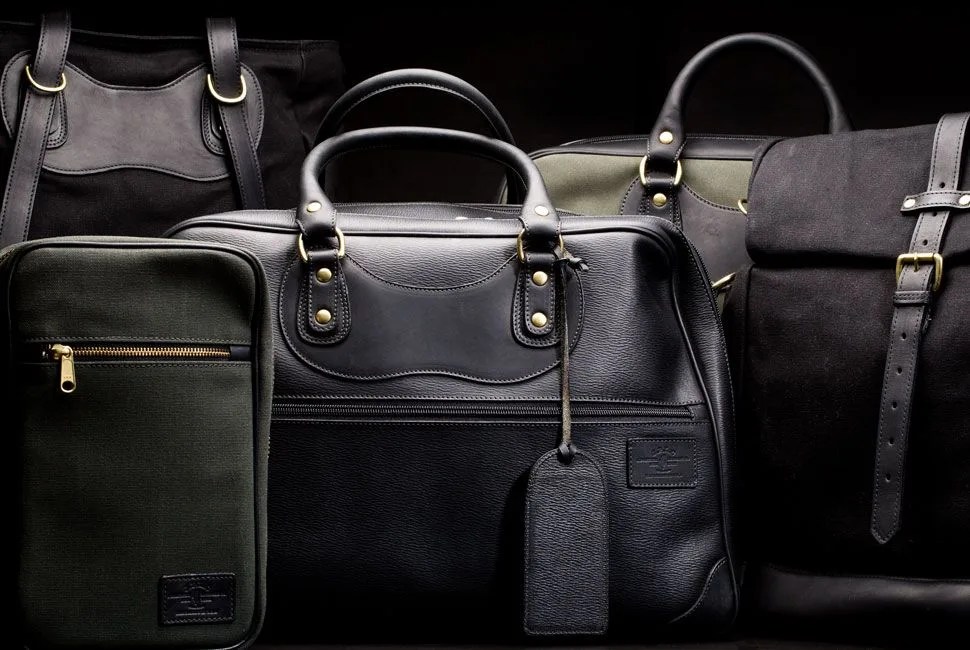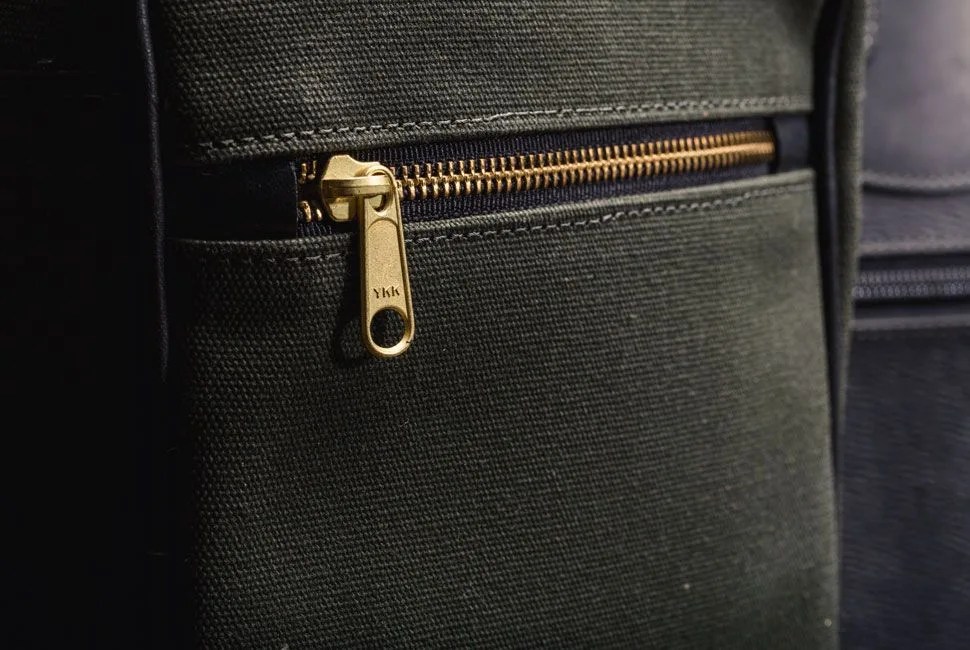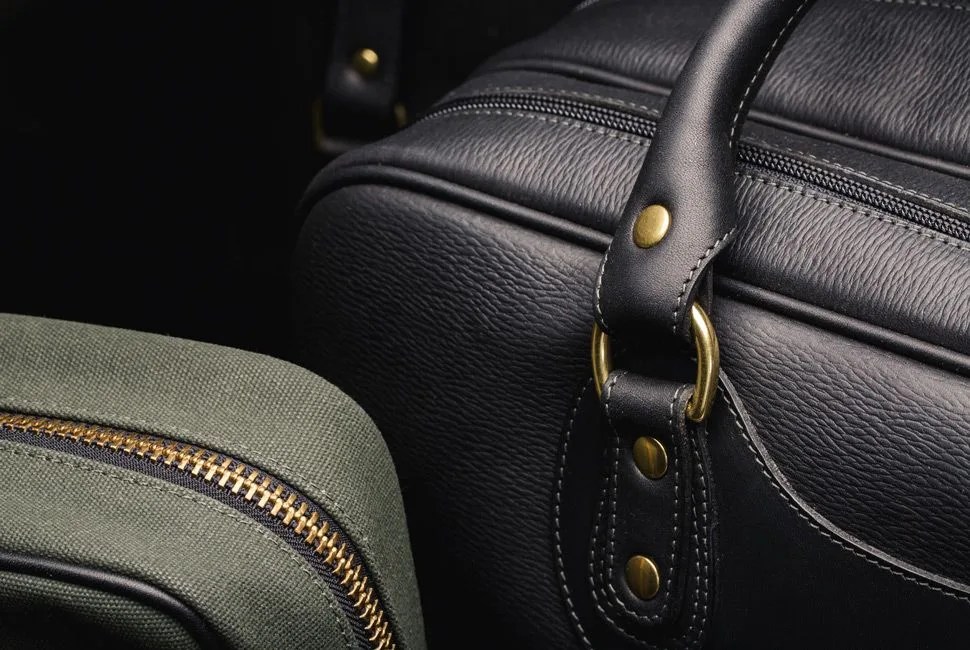Johnny Diamandis has always had an obsession with bags. He collected old military bags and coveted the messenger bags used by bicycle couriers in London. When he went to art school, the project that got him in was a study of the aforementioned courier bags. “At the time they were quite a fashionable part of the landscape in London,” said Diamandis.
After he graduated, Diamandis received a significant amount of post-schooling menswear design experience from working in Japan as the design director at denim brand Evisu. “They were probably the first of the new-generation brands — one of the first to do really super high-end premium denim using beautiful old shuttle looms,” said Diamandis. Then, in 2007, Diamandis moved to New York. Using the experience in product design and build quality from Evisu, he began to develop his own luggage brand, J. Panther Luggage Company, in an environment that saw a burgeoning obsession with high-quality design and old-school manufacturing techniques. “Pre-1960s, in the ’30s, ’40s and even a bit in the ’50s, there was a way of making menswear that was so not mass produced. Some of the way military stuff was made you could almost call it couture.”
In designing J. Panther’s products, Diamandis used vintage military bags and other classic adventure-ready luggage as a source of inspiration for the functionality of the wares. The Aviator from J. Panther, for example, was designed in conjunction with a hobbyist pilot and inspired by vintage map cases used by various European militaries. The rolling design of the RollTote has its roots in the US Military. And, the Perfect Weekender bag is inspired by luggage used in early aviation.
6 photos
J. Panther’s bags are made with high-quality leather from tanneries like Chicago’s Horween and waxed canvas from JT Inglis, a Scottish textile company that supplies fabrics to the British Armed Forces. Diamandis stands by the quality of his products, so if there is a defect (he admits this has only happened a handful of times), they are sent back to the facility. “The bags should last a lifetime, so we just patch it up and send it back to them.”
Diamandis continuously works to improve the design of his bags to make sure they’re perfect. “I get feedback from customers and also I use all the bags myself as much as I can, and when I see there needs to be a change it’s very easy to make a small tweak with the factory,” said Diamandis. “Usually it’s small things like shifting things up and down to get a better catch or shoulder strap position.”
Currently, J. Panther sells six different types of bags and is strictly a low-volume affair. But Diamandis is still busy working on future products, hopefully ones that will break the mold in a big way. “I still work as a designer, so I’m not looking to expand really quickly,” said Diamandis. “My real goal is to create a completely new genre [of luggage]…something really new and original.”






